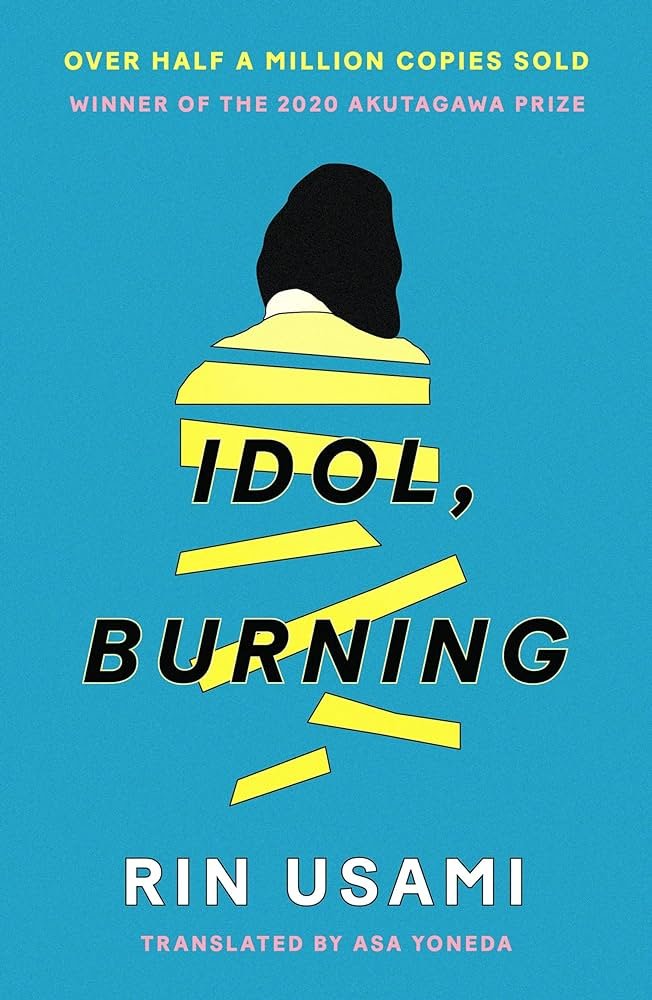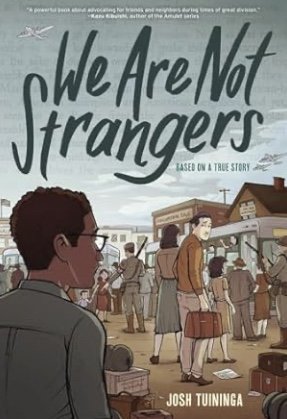Airplane Mode: An Irreverent History of Travel by Shahnaz Habib (Catapult)
“I am basically the opposite of Anthony Bourdain. Not cool, not adventurous,” Shahnaz Habib confesses as she begins Airplane Mode. When she travels to a new place, she approaches it cautiously, venturing into it a few steps at a time and gradually increasing her explorations. However she feels inadequate when she compares herself to a young, white, American female traveler whom she meets in Istanbul, a girl propelled by ticking off sights she’s seen from a list of guidebook recommendations and who easily encapsulates what she was exposed to in a single sentence. Habib is brown, Muslim, who grew up in what is dismissed as the Third World. She’s unaccompanied by this other girl’s sense of racial confidence and while she thinks of this as a deficiency, it’s truthfully an asset. Habib grew up outside of the Western bubble, in Southern India and she knows the world isn’t “neatly packaged” as it’s presented in a guidebook. That viewpoint is a privileged one and its privilege is a barrier. “I didn’t want a veil between me and the world,” she says and does her best to ignore Lonely Planet, Rough Guide, and the rest of the books that offer pre-digested experiences.
While she ponders the differences in travel that separate her from the young woman she encountered in Istanbul, she begins to explore the history of travel, which began in the Western world as an aristocratic—and white male—pursuit. Young noblemen were expected to make the Grand Tour of European capitals before they settled into their comfortable lives at home, while their female counterparts contented themselves with strolls down country lanes and visits to other people’s manor houses.
Even those strolls were a recent embellishment. “Walking for pleasure” and savoring the beauties of the natural world became popular through the poems of Wordsworth and the heroines in Jane Austen novels in the late 18th century. Continental travel for the untitled inhabitants of the West sprang into being in the early 1800s with the first Baedeker guidebook published in 1827. Slowly the mass tourism industry, that now contributes eight trillion dollars to the global economy, was born.
In its nascent stages, travel for pleasure was reserved for white tourists who wanted trips that showed them the wonders of the world while embarking upon no adventures in achieving this goal. Comfort was paramount, as well as a carefully maintained distance between the observer and the observed. Baedeker was consulted as frequently as the Bible and perhaps with even greater fervor.
Although many 19th century travelers couldn’t achieve the glamour of those who made the Grand Tour, they were still people of means. Using a passport became a status symbol and a class delineator, an ironic development when considering that this document used to be a way to keep people at home. Originally a passport served as a proof of residency, not as an invitation to explore.
This was the underpinning of today’s “passportism” where scholars are denied entry to a country that welcomes them professionally because as one man put it, “the color of my passport was wrong.” As peasants in the 18th century were kept at home because of what was written on their passports, so are others three hundred years later if they fail to produce the required documents.
Going back to the earliest travelers, Habib compares Marco Polo, an Italian merchant who had commercial reasons for his adventures. with the North African, Ibn Battuta, who began his odyssey with a trip to Mecca. Each man spent twenty-four years away from home, but while Polo had a financial impetus. Battuta expanded his sacred pilgrimage into a journey prompted solely by curiosity, one that left “a legacy of wonder” as opposed to the “amused knowingness” conveyed by white Western travelers.
Habib continues her exploration and careful dissection of travel in essays that look beyond the stereotypical journey. She shows how motherhood turned her into a connoisseur of New York city bus routes, exploring different boroughs that make up the city by staring out of windows with a baby in her arms. She admits that her favorite form of public transportation is a carousel, which keeps passengers in perpetual motion while always seeing the same things as they ride. Cleverly and plausibly she links that activity to modern tourism, where “we are not moving from place to place” but “from one moment in time to another.”
Looking at the consumerist nature of travel, where we succumb to wanderlust because of its marketing schemes, Habib claims everyone--”travelers and nomads and vagrants” are tourists “who have bought into the ultimate tourist myth, that we can escape tourism and simply travel.”
Early in her first essay, Habib compares her solo trip to Istanbul with the experience she has in that city years later when she moves there with her husband and daughter. Without “the confusion and loneliness of traveling,” the city that had baffled her no longer contains a shopping list of sites to see but opens up, “blooming out of the rich soil of daily life.”
This is what changes a tourist into a traveler, as Habib illustrates in her delightful essay on bougainvillea. It’s not enough to come and stare. The painful process of transplanting, renaming, relearning, and putting down fresh roots is the only way to learn a new place as it turns a newcomer into one of its own. How else to escape falling prey to what Habib terms “the colonial knowledge sandwich?” ~Janet Brown








